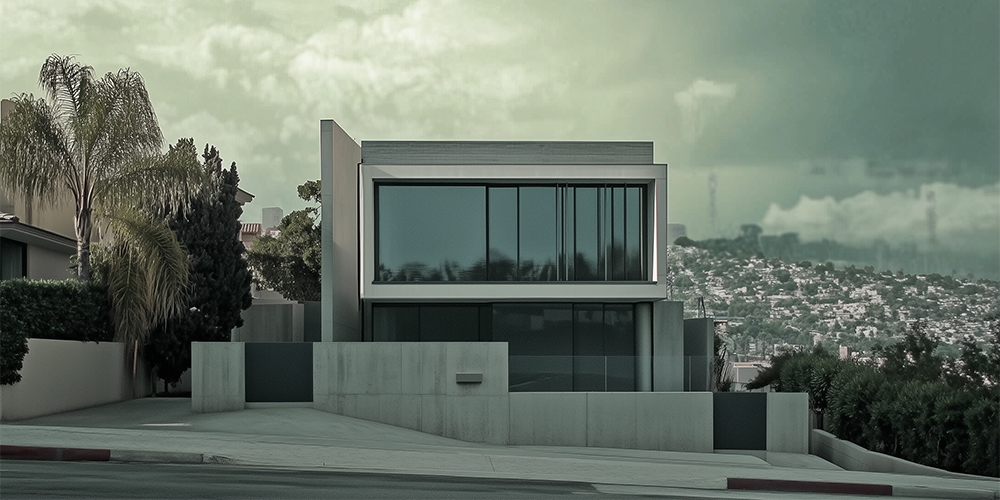The HRV system (Heat Recovery Ventilation) is a technological solution that is increasingly common in modern homes, designed to improve indoor air quality and ensure a healthier and more energy-efficient environmen.
The growing attention to sustainability and living comfort has made these systems an indispensable choice, especially in new buildings or buildings renovated with advanced energy efficiency criteria. Natural air exchange, obtained by opening the windows, is not always sufficient to maintain good indoor air quality, especially in urban areas, where the outside air can be full of pollutants. An HRV system, on the other hand, automatically manages air exchange without heat loss and without introducing harmful substances from outside.
What is it?
A Heat Recovery Ventilation system ensures a continuous exchange of air inside a building, improving comfort and reducing the presence of pollutants, allergens and excess humidity. Unlike natural ventilation, which depends on climatic factors and requires windows to be opened manually, HRV guarantees a constant and programmed exchange of air, without wasting energy.
In modern buildings, characterised by large thermal insulation, the absence of adequate ventilation can cause the accumulation of carbon dioxide and harmful substances, compromising the quality of indoor air. An HRV system solves this problem, favouring air renewal without compromising the energy efficiency of the home.

How an HRV system works
An HRV system uses an artificial ventilation system that automatically manages the extraction of indoor air and the introduction of fresh air, improving the well-being of the occupants.
One of the key elements of these systems is the heat recovery unit, a device that allows heat to be transferred from the outgoing air to the incoming air, reducing heat loss and optimising energy consumption. Thanks to this technology, in winter the fresh air coming from outside is preheated before being introduced into the indoor environment, while in summer the excess heat and humidity are eliminated, helping to maintain a comfortable temperature.
An HRV system, therefore, not only improves air quality, but also contributes to energy saving, reducing the need for heating and air conditioning.
Benefits of an HRV System
Adopting an HRV system has numerous advantages, both from the point of view of health and living efficiency:
- Improved air quality: advanced filtration eliminates fine particles, pollen, volatile organic compounds (VOC) and other pollutants, creating a healthier and safer environment
- Prevention of mould and humidity: constant control of internal humidity prevents the formation of condensation and mould, which are particularly harmful to domestic surfaces and the health of the inhabitants
- Energy efficiency: thanks to heat recovery, the energy required to heat or cool rooms is significantly reduced, resulting in savings on utility bills
- High comfort: an HRV system ensures that the environment is always well oxygenated and free of bad odours, without the need to open the windows
An HRV system is often the best solution for removing dust, carbon dioxide, humidity and pollutants from the inside of a modern home.
Installing an HRV system: when and where it's necessary
Installing an HRV system is particularly recommended in modern homes, where thermal insulation reduces natural air exchange, but it is also an effective solution in case of renovation, to improve air quality without invasive interventions.

Situations in which an HRV system is highly recommended include:
- Newly constructed buildings designed to guarantee high energy performance
- Renovated homes with thermal insulation that reduces natural ventilation
- Places prone to humidity and mould, where proper ventilation helps keep the environment healthy
- Homes located in urban areas or with high air pollution, where opening windows could worsen indoor air quality instead of improving it
Installing an HRV system not only guarantees cleaner air and higher comfort levels in the home, but it's also a smart investment for the future, contributing to the sustainability of buildings and energy savings. With proper design and maintenance, these systems can make a real difference to the liveability of indoor environments, making them healthier, more efficient and more comfortable.
 Italiano
Italiano
 English
English
 Deutsch
Deutsch
 Français
Français
 Español
Español
 Greek
Greek